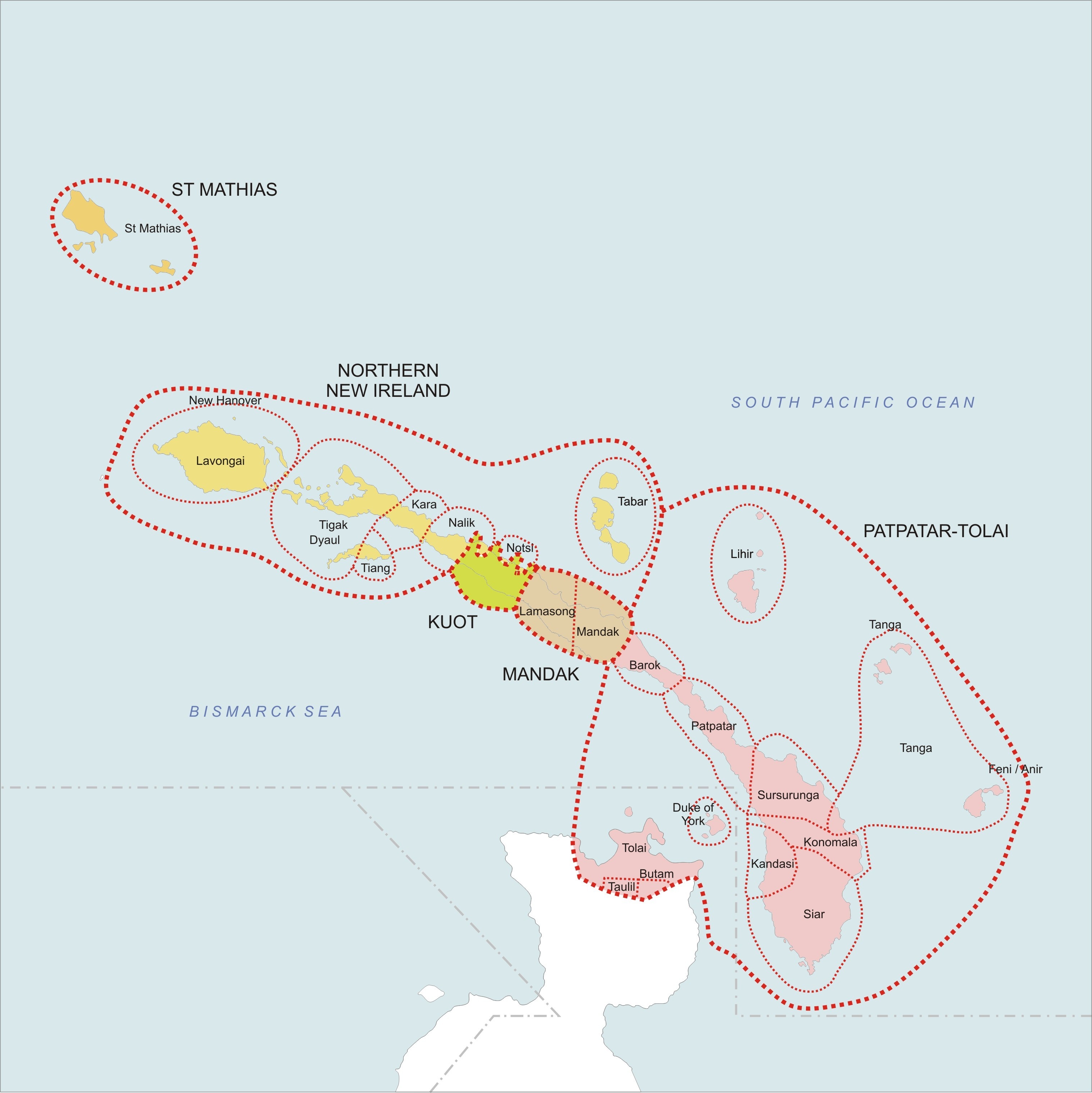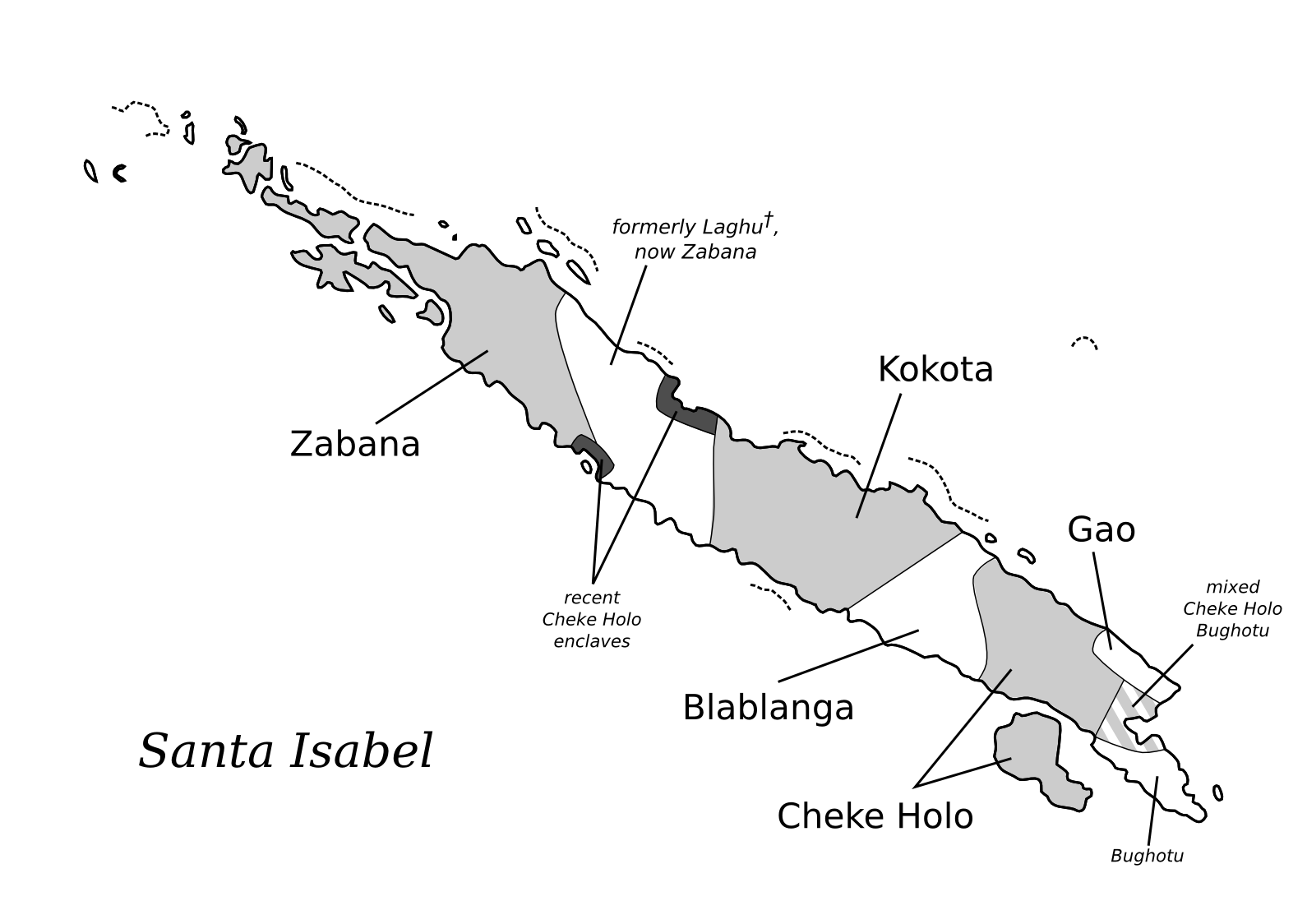|
Papapana Language
Papapana is an Austronesian language of Bougainville, Papua New Guinea Papua New Guinea (abbreviated PNG; , ; tpi, Papua Niugini; ho, Papua Niu Gini), officially the Independent State of Papua New Guinea ( tpi, Independen Stet bilong Papua Niugini; ho, Independen Stet bilong Papua Niu Gini), is a country i .... References Further reading * * External links * ELAR archive oPapapana language documentation materials Northwest Solomonic languages Definitely endangered languages Languages of Papua New Guinea Languages of the Autonomous Region of Bougainville {{MesoMelanesian-lang-stub ... [...More Info...] [...Related Items...] OR: [Wikipedia] [Google] [Baidu] |
Papua New Guinea
Papua New Guinea (abbreviated PNG; , ; tpi, Papua Niugini; ho, Papua Niu Gini), officially the Independent State of Papua New Guinea ( tpi, Independen Stet bilong Papua Niugini; ho, Independen Stet bilong Papua Niu Gini), is a country in Oceania that comprises the eastern half of the island of New Guinea and its offshore islands in Melanesia (a region of the southwestern Pacific Ocean north of Australia). Its capital, located along its southeastern coast, is Port Moresby. The country is the world's third largest island country, with an area of . At the national level, after being ruled by three external powers since 1884, including nearly 60 years of Australian administration starting during World War I, Papua New Guinea established its sovereignty in 1975. It became an independent Commonwealth realm in 1975 with Elizabeth II as its queen. It also became a member of the Commonwealth of Nations in its own right. There are 839 known languages of Papua New Guinea, on ... [...More Info...] [...Related Items...] OR: [Wikipedia] [Google] [Baidu] |
Bougainville Island
Bougainville Island ( Tok Pisin: ''Bogenvil'') is the main island of the Autonomous Region of Bougainville, which is part of Papua New Guinea. It was previously the main landmass in the German Empire-associated North Solomons. Its land area is . The population of the whole province, including nearby islets such as the Carterets, is approximately 300,000 (2019 census). The highest point is Mount Balbi, on the main island, at . The much smaller Buka Island, , lies to the north, across the wide Buka Strait. Even though the strait is narrow, there is no bridge across it, but there is a regular ferry service between the key settlements on either side. The main airport (or airstrip) in the north is in the town of Buka. Bougainville is the largest island in the Solomon Islands archipelago. Most of the islands in this archipelago (which are primarily concentrated in the southern and eastern portions of it) are part of the politically independent Solomon Islands. Two of these is ... [...More Info...] [...Related Items...] OR: [Wikipedia] [Google] [Baidu] |
Malayo-Polynesian Languages
The Malayo-Polynesian languages are a subgroup of the Austronesian languages, with approximately 385.5 million speakers. The Malayo-Polynesian languages are spoken by the Austronesian peoples outside of Taiwan, in the island nations of Southeast Asia (Indonesian and Philippine Archipelago) and the Pacific Ocean, with a smaller number in continental Asia in the areas near the Malay Peninsula. Cambodia, Vietnam and the Chinese island Hainan serve as the northwest geographic outlier. Malagasy, spoken in the island of Madagascar off the eastern coast of Africa in the Indian Ocean, is the furthest western outlier. The languages spoken south-westward from central Micronesia until Easter Island are sometimes referred to as the Polynesian languages. Many languages of the Malayo-Polynesian family show the strong influence of Sanskrit and Arabic, as the western part of the region has been a stronghold of Hinduism, Buddhism, and, later, Islam. Two morphological characteristics of t ... [...More Info...] [...Related Items...] OR: [Wikipedia] [Google] [Baidu] |
Oceanic Languages
The approximately 450 Oceanic languages are a branch of the Austronesian languages. The area occupied by speakers of these languages includes Polynesia, as well as much of Melanesia and Micronesia. Though covering a vast area, Oceanic languages are spoken by only two million people. The largest individual Oceanic languages are Eastern Fijian with over 600,000 speakers, and Samoan with an estimated 400,000 speakers. The Gilbertese (Kiribati), Tongan, Tahitian, Māori, Western Fijian and Tolai ( Gazelle Peninsula) languages each have over 100,000 speakers. The common ancestor which is reconstructed for this group of languages is called Proto-Oceanic (abbr. "POc"). Classification The Oceanic languages were first shown to be a language family by Sidney Herbert Ray in 1896 and, besides Malayo-Polynesian, they are the only established large branch of Austronesian languages. Grammatically, they have been strongly influenced by the Papuan languages of northern New Guinea, ... [...More Info...] [...Related Items...] OR: [Wikipedia] [Google] [Baidu] |
Western Oceanic Languages
The Western Oceanic languages is a linkage of Oceanic languages, proposed and studied by . Classification The West Oceanic linkage is made up of three sub-linkages:. * North New Guinea linkage * Meso-Melanesian linkage *Papuan Tip linkage The center of dispersal was evidently near the Willaumez Peninsula on the north coast of New Britain New Britain ( tpi, Niu Briten) is the largest island in the Bismarck Archipelago, part of the Islands Region of Papua New Guinea. It is separated from New Guinea by a northwest corner of the Solomon Sea (or with an island hop of Umboi the D .... Notes References * * {{Austronesian languages Oceanic languages ... [...More Info...] [...Related Items...] OR: [Wikipedia] [Google] [Baidu] |
Meso-Melanesian Languages
The Meso-Melanesian languages are a linkage of Oceanic languages spoken in the large Melanesian islands of New Ireland and the Solomon Islands east of New Guinea. Bali is one of the most conservative languages. Composition The languages group as follows: * Willaumez linkage: Bola, Bulu, Meramera, Nakanai *Bali–Vitu: Bali (Uneapa), Vitu (Muduapa) ay be a single language*New Ireland – Northwest Solomonic linkage **Tungag–Nalik family: Tigak, Tungag, Nalik, Laxudumau, Kara, Tiang **Tabar linkage: Madara (Tabar), Lihir, Notsi **Madak linkage: Barok, Lavatbura-Lamusong, Madak ** Tomoip ** St George linkage *** Niwer Mil *** Warwar Feni *** Fanamaket *** Sursurunga *** Konomala ***Patpatar–Tolai: Patpatar, Lungalunga (Minigir), Tolai (Kuanua) ***Label–Bilur: Label, Bilur ***Kandas–Ramoaaina: Kandas, Ramoaaina *** Siar *** Northwest Solomonic linkage ''Ethnologue'' adds Guramalum to the St George linkage. The Willaumez Peninsula on the north c ... [...More Info...] [...Related Items...] OR: [Wikipedia] [Google] [Baidu] |
Northwest Solomonic Languages
The family of Northwest Solomonic languages is a branch of the Oceanic languages. It includes the Austronesian languages of Bougainville and Buka in Papua New Guinea, and of Choiseul, New Georgia, and Santa Isabel (excluding Bugotu) in Solomon Islands. The unity of Northwest Solomonic and the number and composition of its subgroups, along with its relationship to other Oceanic groups, was established in pioneering work by Malcolm Ross. Languages Northwest Solomonic languages group as follows: * Nehan – North Bougainville linkage ** Nehan (Nissan) **Saposa–Tinputz: Hahon, Ratsua, Saposa (Taiof)– Teop, Tinputz **Buka: Halia– Hakö, Petats ** Papapana ** Solos * Piva–Bannoni family: Piva (Lawunuia), Bannoni * Mono–Uruavan family: Mono-Alu, Torau, Uruava *Choiseul linkage: Babatana (including Sisingga)– Ririo, Vaghua– Varisi *New Georgia – Ysabel family **New Georgia linkage: Simbo (Simbo Island), Roviana– Kusaghe, Marovo, Hoava, Vangunu ... [...More Info...] [...Related Items...] OR: [Wikipedia] [Google] [Baidu] |
Nehan–Bougainville Languages
The family of Northwest Solomonic languages is a branch of the Oceanic languages. It includes the Austronesian languages of Bougainville and Buka in Papua New Guinea, and of Choiseul, New Georgia, and Santa Isabel (excluding Bugotu) in Solomon Islands. The unity of Northwest Solomonic and the number and composition of its subgroups, along with its relationship to other Oceanic groups, was established in pioneering work by Malcolm Ross. Languages Northwest Solomonic languages group as follows: * Nehan – North Bougainville linkage ** Nehan (Nissan) **Saposa–Tinputz: Hahon, Ratsua, Saposa (Taiof)– Teop, Tinputz **Buka: Halia– Hakö, Petats ** Papapana ** Solos * Piva–Bannoni family: Piva (Lawunuia), Bannoni * Mono–Uruavan family: Mono-Alu, Torau, Uruava *Choiseul linkage: Babatana (including Sisingga)– Ririo, Vaghua– Varisi *New Georgia – Ysabel family **New Georgia linkage: Simbo (Simbo Island), Roviana– Kusaghe, Marovo, Hoava, Vangunu ... [...More Info...] [...Related Items...] OR: [Wikipedia] [Google] [Baidu] |
UNESCO
The United Nations Educational, Scientific and Cultural Organization is a specialized agency of the United Nations (UN) aimed at promoting world peace and security through international cooperation in education, arts, sciences and culture. It has 193 member states and 12 associate members, as well as partners in the non-governmental, intergovernmental and private sector. Headquartered at the World Heritage Centre in Paris, France, UNESCO has 53 regional field offices and 199 national commissions that facilitate its global mandate. UNESCO was founded in 1945 as the successor to the League of Nations's International Committee on Intellectual Cooperation.English summary). Its constitution establishes the agency's goals, governing structure, and operating framework. UNESCO's founding mission, which was shaped by the Second World War, is to advance peace, sustainable development and human rights by facilitating collaboration and dialogue among nations. It pursues this objec ... [...More Info...] [...Related Items...] OR: [Wikipedia] [Google] [Baidu] |
Atlas Of The World's Languages In Danger
The UNESCO ''Atlas of the World's Languages in Danger'' is an online publication containing a comprehensive list of the world's endangered languages. It originally replaced the ''Red Book of Endangered Languages'' as a title in print after a brief period of overlap before being transferred to an online only publication. History In 1992 the International Congress of Linguists (CIPL) meeting in Canada discussed the topic of endangered languages, as a result of which it formed the Endangered Languages Committee. It held an international meeting also in 1992 in Paris to place the topic before the world and initiate action. The meeting was considered important enough to come under the authority of UNESCO. At the instigation of Stephen Wurm the committee resolved to create a research center, the International Clearing House for Endangered Languages (ICHEL) and to publish the UNESCO ''Red Book of Endangered Languages'' based on the data it collected, the title being derived fr ... [...More Info...] [...Related Items...] OR: [Wikipedia] [Google] [Baidu] |
Definitely Endangered Languages
Definiteness In linguistics, definiteness is a semantic feature of noun phrases, distinguishing between referents or senses that are identifiable in a given context (definite noun phrases) and those which are not (indefinite noun phrases). The prototypical ... is a feature of noun phrases in grammatical theory. Definiteness may also refer to: * Counterfactual definiteness, a concept in quantum mechanics * For the definiteness of forms in multilinear algebra, see Definite quadratic form. See also * Definition (other) * Definitive (other) * Absolutely (other) {{disambiguation ... [...More Info...] [...Related Items...] OR: [Wikipedia] [Google] [Baidu] |


